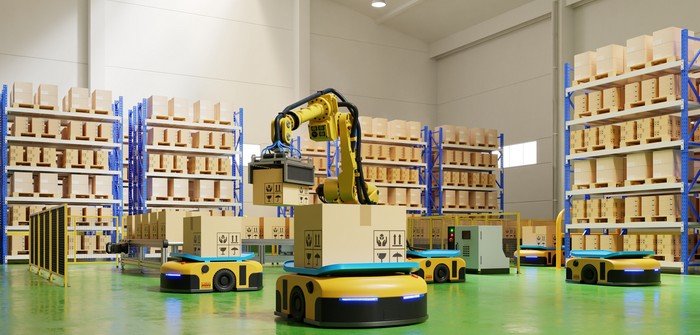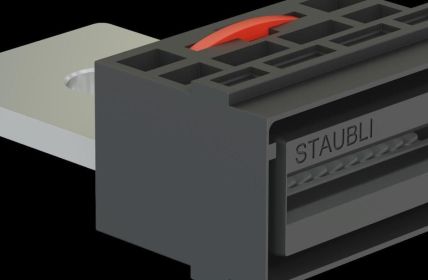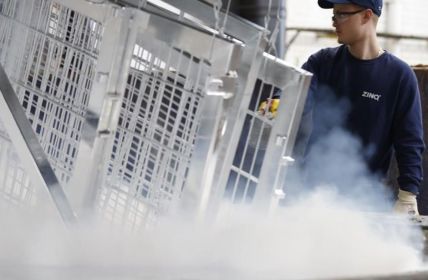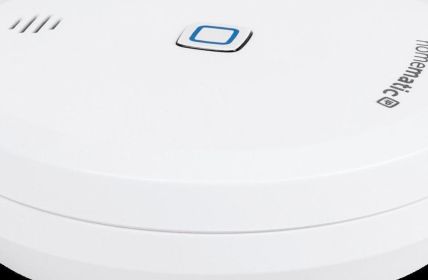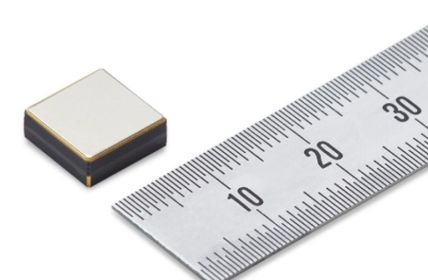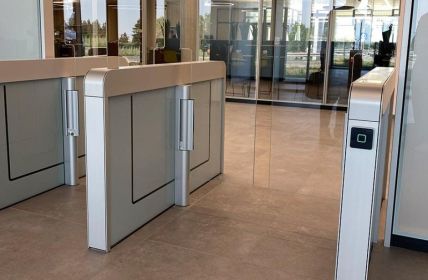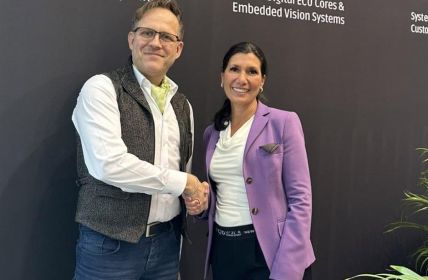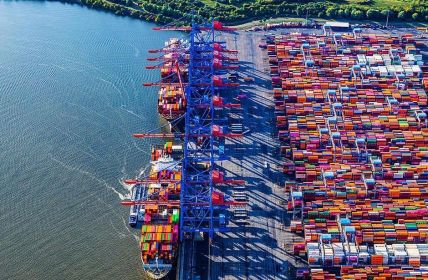U.S. robotics company Symbotic is planning to go public in the first half of 2022 following Softbank Investment Advisers’ (SBIA) strategic investment in the company. The Walmart-backed company hopes this cooperation and the subsequent move to Nasdaq will allow it to expand its current business model.
Symbotic: Partner of the wholesale trade
Symbotic, based in Wilmington, Massachusetts, was founded in 2005 with the goal of producing robots for warehouses. Initial trials in Brooksville, Florida landed the company a permanent partnership with the retail giant for 25 distribution centers in 2017. Other business partners include C & S Wholesale Grocers and Albertsons.
Robots for intelligent warehousing
At the core of Symbotic’s business are symbiotic solutions consisting of cameras, autonomous robots and tracking systems that enable the management of pick-up and storage systems. To do this, complex processes are broken down into smaller steps. Robotic arms unpack pallets and reassemble them into smaller groups. The autonomously acting so-called symbots transport these packages through the warehouses to their first destinations. At these palletizing cells, the components are then reassembled into new units again by robotic arms. After the pallets have been welded together in a way that is compatible with humans, they are loaded into trucks and forwarded on. The entire process is monitored and controlled by artificial intelligence (AI), which can independently design efficient routes and locations for goods.
Softbank-Symbotic: For the modernization of supply chains
Symbotic expects to gain capital, expertise and contacts from Softbank’s entry. With potential partners in development and production, it expects to expand its own existing capabilities. From like-minded people in the robotics and AI segments, as well as Softbank’s experience in acquiring similar companies, the company hopes for great things. In this way, the company aims to play a significant role in the modern transformation of supply chains, to the long-term benefit of all stakeholders.
Next stops: Automotive, apparel, home improvement.
Following the successful start in the retail sector, expansion beyond the company’s own traditional sphere of activity is clearly planned. For example, the company is already targeting potential new markets when it is listed on the stock exchange. In the future, the proprietary technology will also be used to full effect in the storage and transport of vehicle components, clothing suppliers and DIY supplies. This is expected to generate $433 million in sales as early as 2022. A target that would be equivalent to a 73 percent increase in sales to date.


